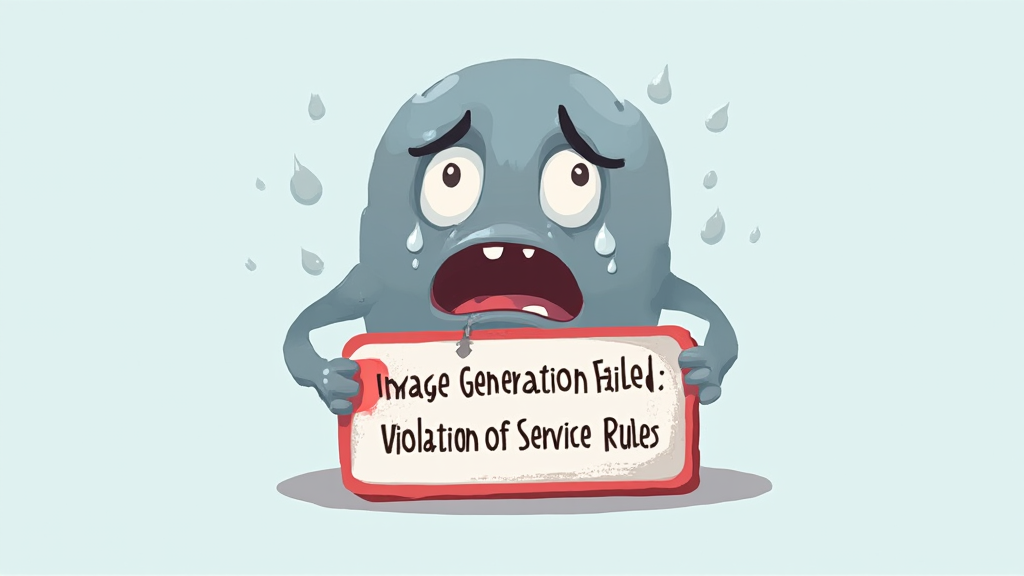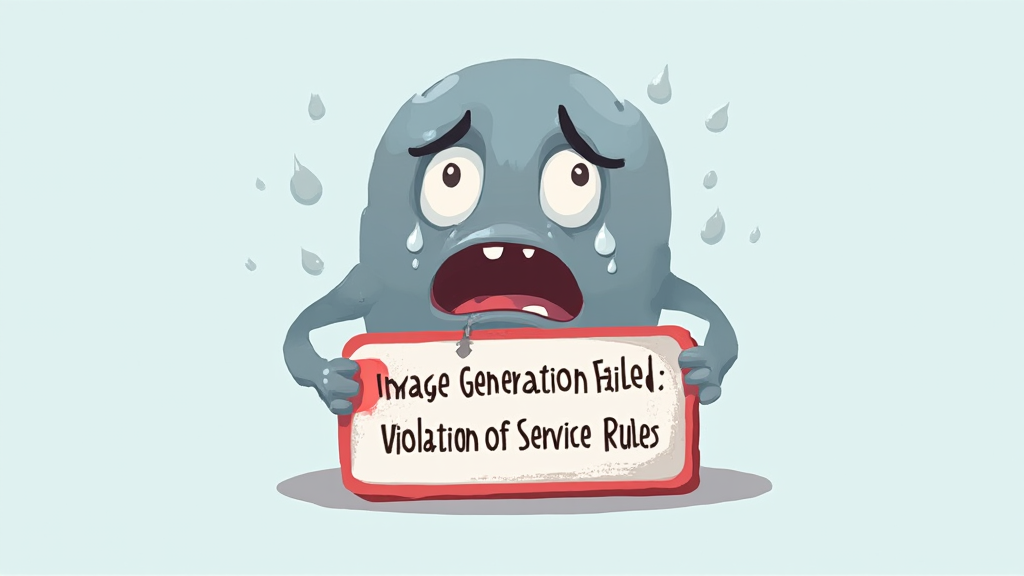Introduction to Inflation and Its Impact on Savings
Understanding Inflation
Inflation refers to the general increase in prices over time, which erodes purchasing power. As prices rise, the value of money decreases. This phenomenon can significantly impact savings, as the real value of saved funds diminishes. For instance, if inflation is at 3% annually, a (1,000 savings account will effectively be worth only )970 in a year. This is a concerning reality for many savers.
To illustrate, consider the following table:
Year |
Inflation Rate |
Value of $1,000 |
0 |
0% |
$1,000 |
1 |
3% |
$970 |
2 |
3% |
$941 |
3 |
3% |
$913 |
As shown, the value of savings declines over time. This decline can lead to a situation where individuals struggle to maintain their standard of living. It’s essential to recognize that traditional savings accounts often yield interest rates lower than inflation rates. This means that money in these accounts loses value over time.
In my opinion, understanding inflation is crucial for effective financial planning. It’s not just a number; it affects daily life. Therefore, proactive measures are necessary to safeguard savings against inflation’s impact.
The Historical Context of Inflation
Inflation has been a recurring theme throughout economic history, influencing financial systems and individual savings. For example, during the 1970s, many countries experienced stagflation, characterized by high inflation and stagnant economic growth. This period saw inflation rates soar, reaching double digits in several economies. Such drastic changes can severely diminish the purchasing power of savings.
In the early 20th century, hyperinflation in Germany post-World War I serves as a stark example. The value of the German mark plummeted, leading to astronomical price increases. A loaf of bread that cost a few marks in 1920 skyrocketed to billions of marks by 1923. This illustrates how quickly savings can become worthless.
Historically, central banks have attempted to control inflation through monetary policy. They adjust interest rates to influence economic activity. When rates are low, borrowing increases, potentially leading to inflation. Conversely, high rates can suppress spending. This balancing act is crucial for maintaining economic stability.
Understanding these historical contexts is vital for effective financial planning. Knowledge is power. It helps individuals make informed decisions about their savings strategies.
Current Inflation Trends
Current inflation trends indicate a significant rise in consumer prices across various sectors. For instance, the Consumer Price Index (CPI) has shown an increase of approximately 6% over the past year. This rise affects everyday expenses, including food, housing, and healthcare. He may notice that his purchasing power is declining.
To illustrate, consider the following table:
Category |
Price Increase (%) |
Food |
8% |
Housing |
5% |
Healthcare |
7% |
Transportation |
6% |
These figures highlight the areas where inflation is most pronounced. He should be aware that inflation can erode savings if interest rates on savings accounts do not keep pace. For example, if his savings account yields only 1% interest, the real value of his savings decreases.
Moreover, central banks are rwsponding to these trends by adjusting monetary policy. They may raise interest rates to combat inflation. This action can influence borrowing costs and spending behavior. Understanding these dynamics is essential for effective financial management. Knowledge empowers better decision-making.
Why Traditional Savings Are Affected
Traditional savings are significantly affected by inflation due to the disparity between interest rates and rising prices. When inflation rates exceed the interest earned on savings accounts, the real value of those savings diminishes. For instance, if a savings account offers a 1% interest rate while inflation is at 3%, the effective purchasing power decreases by 2%. He may find his savings less valuable over time.
Moreover, the compounding effect of inflation can erode wealth more rapidly than anticipated. As prices increase, the cost of goods and services rises, leading to higher living expenses. This situation forces individuals to withdraw from their savings to maintain their standard of living. He might feel pressured to spend rather than save.
Additionally, traditional savings accounts often lack the flexibility needed to combat inflation effectively. Many financial institutions offer low yields, which do not keep pace with inflationary trends. Consequently, individuals may seek alternative investment vehicles to preserve their wealth. Diversification becomes essential in this context.
Understanding these dynamics is crucial for effective financial planning. It enables informed decisions about where to allocate resources.
Cryptocurrency as a Hedge Against Inflation
How Cryptocurrencies Work
Cryptocurrencies operate on decentralized networks using blockchain technology. This technology ensures transparency and security through a distributed ledger system. Each transaction is recorded across multiple nodes, making it difficult to alter past records. He may appreciate the security this provides.
One of the key features of cryptocurrencies is their limited supply. For example, Bitcoin has a capped supply of 21 million coins. This scarcity can create a hedge against inflation, as traditional currencies can be printed in unlimited quantities. When demand increases, the value of cryptocurrencies may rise. He might find this appealing in an inflationary environment.
Additionally, cryptocurrencies can be easily transferred and accessed globally. This accessibility allows individuals to diversify their portfolios beyond traditional assets. Many investors view cryptocurrencies as a way to protect their wealth from inflationary pressures. They can act as a store of value, similar to gold.
Understanding how cryptocurrencies function is essential for informed investment decisions. Knowledge empowers individuals to navigate the complexities of the financial landscape. It’s crucial to stay informed about market trends.
Comparing Cryptocurrencies to Traditional Assets
When comparing cryptocurrencies to traditional assets, several key differences emerge. Cryptocurrencies, such as Bitcoin and Ethereum, operate on decentralized networks, while traditional assets like stocks and bonds are typically regulated by central authorities. This decentralization offers a level of autonomy that can be appealing. He may find this independence advantageous.
Moreover, cryptocurrencies often exhibit higher volatility than traditional assets. This volatility can lead to significant price fluctuations within short periods. While this presents risks, it also offers opportunities for substantial returns. He might consider this potential when evaluating investment strategies.
In terms of inflation hedging, cryptocurrencies have a distinct advantage. Unlike fiat currencies, which can be printed in unlimited quantities, many cryptocurrencies have a fixed supply. For instance, Bitcoin’s supply is capped at 21 million coins. This scarcity can help preserve value during inflationary periods. He should recognize the importance of this feature.
Additionally, cryptocurrencies provide global accessibility and ease of transfer. This allows for diversification beyond local markets. He may appreciate the ability to invest in a borderless asset class. Understanding these comparisons is crucial for making informed financial decisions.
Case Studies: Successful Use of Crypto During Inflation
Several case studies illustrate the successful use of cryptocurrencies during inflationary periods. In Venezuela, hyperinflation rendered the national currency nearly worthless. Many citizens turned to Bitcoin as a means of preserving their wealth. He may find this example compelling.
Another notable case is Turkey, where inflation rates surged above 20%. In response, many Turks began investing in cryptocurrencies to protect their savings. The demand for Bitcoin and Ethereum increased significantly during this time. This trend highlights the appeal of digital assets in unstable economies.
To further illustrate, consider the following table:
Country |
Inflation Rate (%) |
Crypto Adoption Rate (%) |
Venezuela |
1,000,000 |
30 |
Turkey |
20 |
15 |
These figures demonstrate a correlation between high inflation and increased cryptocurrency adoption. He should recognize that cryptocurrencies can serve as a hedge against inflation. They provide an alternative store of value when traditional currencies fail. Understanding these case studies can inform investment strategies.
Risks and Considerations in Crypto Investment
Investing in cryptocurrencies carries inherent risks that potential investors must consider. The market is known for its high volatility, which can lead to significant price swings. He may experience rapid gains or losses. This unpredictability can be unsettling for many investors.
Additionally, regulatory uncertainty poses a challenge. Governments worldwide are still developing frameworks for cryptocurrency regulation. Changes in regulations can impact market dynamics and investor confidence. He should stay informed about legal developments.
Security is another critical concern. While blockchain technology is secure, exchanges and wallets can be vulnerable to hacks. Investors must take precautions to protect their assets. He might consider using hardware wallets for added security.
Furthermore, the lack of historical information makes it difficult to predict long-term trends. Cryptocurrencies are relatively new compared to traditional assets. This uncertainty can complicate investment strategies. He should approach crypto investments with caution .
Understanding these risks is essential for informed decision-making. Knowledge is crucial in navigating the complexities of the crypto market. It empowers individuals to make sound investment choices.
Diversification Strategies for Inflation Protection
Asset Allocation Basics
Asset allocation is a critical component of investment strategy, particularly for inflation protection. By diversifying across various asset classes, he can mitigate risks associated with inflation. A well-balanced portfolio typically includes equities, fixed income, real estate, and commodities. Each asset class reacts differently to inflationary pressures.
To illustrate, consider the following table:
Asset Class |
Inflation Sensitivity |
Equities |
Moderate |
Fixed Income |
High |
Real Estate |
Low |
Commodities |
Low to Moderate |
Equities may provide growth potential, but they can also be volatile. Fixed income investments, such as bonds, often suffer during inflationary periods due to rising interest rates. Real estate tends to retain value, as property prices often increase with inflation. Commodities, like gold, can serve as a hedge against inflation, preserving purchasing power.
He should aim for a diversified portfolio to balance risk and return. This approach can help protect against the erosion of savings due to inflation. Understanding asset allocation is essential for effective financial planning. Knowledge leads to better investment decisions.
Incorporating Cryptocurrencies into Your Portfolio
Incorporating cryptocurrencies into an investment portfolio can enhance diversification and provide a hedge against inflation. Cryptocurrencies, such as Bitcoin and Ethereum, have shown potential for significant rrturns. He may find this appealing for long-term growth.
To effectively integrate cryptocurrencies, he should consider a small storage allocation, typically between 5% to 10% of the total portfolio. This approach allows for exposure to the asset class while managing risk. He should be aware of the inherent volatility in the crypto market .
Additionally, it is essential to balance cryptocurrency investments with traditional assets. For instance, pairing cryptocurrencies with equities and fixed income can create a more resilient portfolio. This strategy can help mitigate the impact of market fluctuations.
He might also explore various cryptocurrencies to diversify within the asset class. Investing in established coins alongside emerging altcoins can spread risk. Understanding the unique characteristics of each cryptocurrency is crucial. Knowledge is power in making informed investment decisions.
Other Alternative Investments
Alternative investments can provide valuable diversification and protection against inflation. These assets often include real estate, commodities, and collectibles. Each category offers unique benefits and risks. He may find these options appealing for portfolio enhancement.
For instance, real estate typically appreciates over time and can generate rental income. This asset class often acts as a hedge against inflation, as property values and rents tend to rise. He should consider investing in Real Estate Investment Trusts (REITs) for easier access.
Commodities, such as gold and silver, also serve as effective inflation hedges. They tend to retain value during ecinomic downturns. The following table illustrates the inflation sensitivity of various alternative investments:
Asset Class |
Inflation Sensitivity |
Real Estate |
High |
Commodities |
Moderate to High |
Collectibles |
Variable |
Collectibles, including art and antiques, can appreciate significantly but carry higher risks. Their value is often subjective and can fluctuate based on market demand. He should conduct thorough research before investing in this category.
Understanding these alternative investments is essential for good portfolio management . Knowledge leads to informed decisions. It empowers individuals to navigate the complexities of investment strategies.
Rebalancing Your Portfolio in Response to Inflation
Rebalancing a portfolio in response to inflation is crucial for maintaining investment goals. As inflation affects asset values differently, regular adjustments can help preserve purchasing power. He should monitor his portfolio’s performance consistently.
When inflation rises, certain asset classes may outperform others. For example, equities and real estate often benefit from inflationary pressures, while fixed income may lag. He might consider increasing allocations to these inflation-sensitive assets.
To effectively rebalance, he should first assess his current asset allocation. This involves comparing the actual distribution of assets to the target allocation. If certain assets have grown disproportionately, he may need to sell some and reinvest in underperforming areas. This strategy helps maintain the desired risk profile.
Additionally, he should consider the costs associated with rebalancing. Transaction fees and tax implications can impact overall returns. He may want to implement a systematic approach, rebalancing at regular intervals or when allocations deviate significantly from targets.
Understanding the importance of rebalancing is essential for effective portfolio management. It helps individuals navigate the complexities of investment strategies.
Practical Steps to Protect Your Savings
Setting Up a Crypto Wallet
Setting up a crypto wallet is a crucial step for securely managing digital assets. First, he must choose between a hot wallet and a cold wallet. Hot wallets are connected to the internet, while cold wallets are offline. He should consider his security needs.
Next, he needs to select a reputable wallet provider. Researching user reviews and security features is essential. He may find it helpful to compare different options. After selecting a provider, he can downioad the wallet application or purchase a hardware wallet.
Once the wallet is set up, he should enable two-factor authentication (2FA) for added security. This step provides an extra layer of protection against unauthorized access. He must also create a strong, unique password. A password manager can assist in managing complex passwords.
Finally, he should back up his wallet. This involves saving the recovery phrase in a secure location. If he loses access to his wallet, this phrase will allow him to recover his funds. Understanding these practical steps is vital for protecting his savings. Knowledge is key to secure crypto management.
Choosing the Right Cryptocurrencies
Choosing the right cryptocurrencies is essential for effective investment strategies. He should begin by researching established cryptocurrencies, such as Bitcoin and Ethereum. These assets have demonstrated resilience and market acceptance. He may find their historical performance reassuring.
Next, he should evaluate the technology behind each cryptocurrency. Understanding the underlying blockchain technology can provide insights into its potential use cases. He might consider factors such as transaction speed, scalability, and security features. These elements can significantly impact long-term viability.
Additionally, he should assess the market capitalization and trading volume of potential investments. Higher market capitalization often indicates stability and investor confidence. He may want to avoid cryptocurrencies with low liquidity, as they can be more volatile.
Finally, he should stay informed about regulatory developments and market trends. Changes in regulations can affect the value and legality of certain cryptocurrencies. He should follow reputable news sources and join relevant online communities. Knowledge is crucial for making informed investment decisions.
Monitoring and Adjusting Your Investments
Monitoring and adjusting investments is crucial for maintaining financial health. He should on a regular basis review his portfolio to assess performance against benchmarks. This practice helps identify underperforming assets. He may find this analysis enlightening.
To effectively monitor investments, he can use various tools and platforms. Many financial apps provide real-time data and analytics. He should consider setting alerts for significant price changes. This feature can help him react promptly to market fluctuations.
Additionally, he should evaluate the overall market conditions. Economic indicators, such as inflation rates and interest rates, can influence investment performance. He might want to adjust his asset allocation based on these factors.
Whej making adjustments, he should consider transaction costs and tax implications. Frequent trading can erode returns through fees and taxes. He may prefer a more strategic approach, rebalancing at regular intervals. Understanding these practical steps is essential for protecting his savings. Knowledge empowers better investment decisions.
Staying Informed on Economic Changes
Staying informed on economic changes is vital for effectual financial management. He should regularly follow reputable financial news sources to understand market trends. This practice helps him anticipate potential impacts on his investments. He may find this information invaluable.
Additionally, he should pay attention to key economic indicators. Metrics such as GDP growth, unemployment rates, and inflation can provide insights into the overall economic landscape. He might consider creating a watchlist of these indicators. This can uelp him stay focused on relevant data.
Participating in financial forums and discussions can also enhance his understanding. Engaging with experts and other investors allows for the exchange of ideas and strategies. He should consider joining online communities or attending webinars. This interaction can broaden his perspective.
Furthermore, he should review reports from central banks and financial institutions. These reports often contain forecasts and analyses that can influence investment decisions. He may want to subscribe to newsletters for regular updates. Knowledge is a powerful tool in navigating economic changes.









